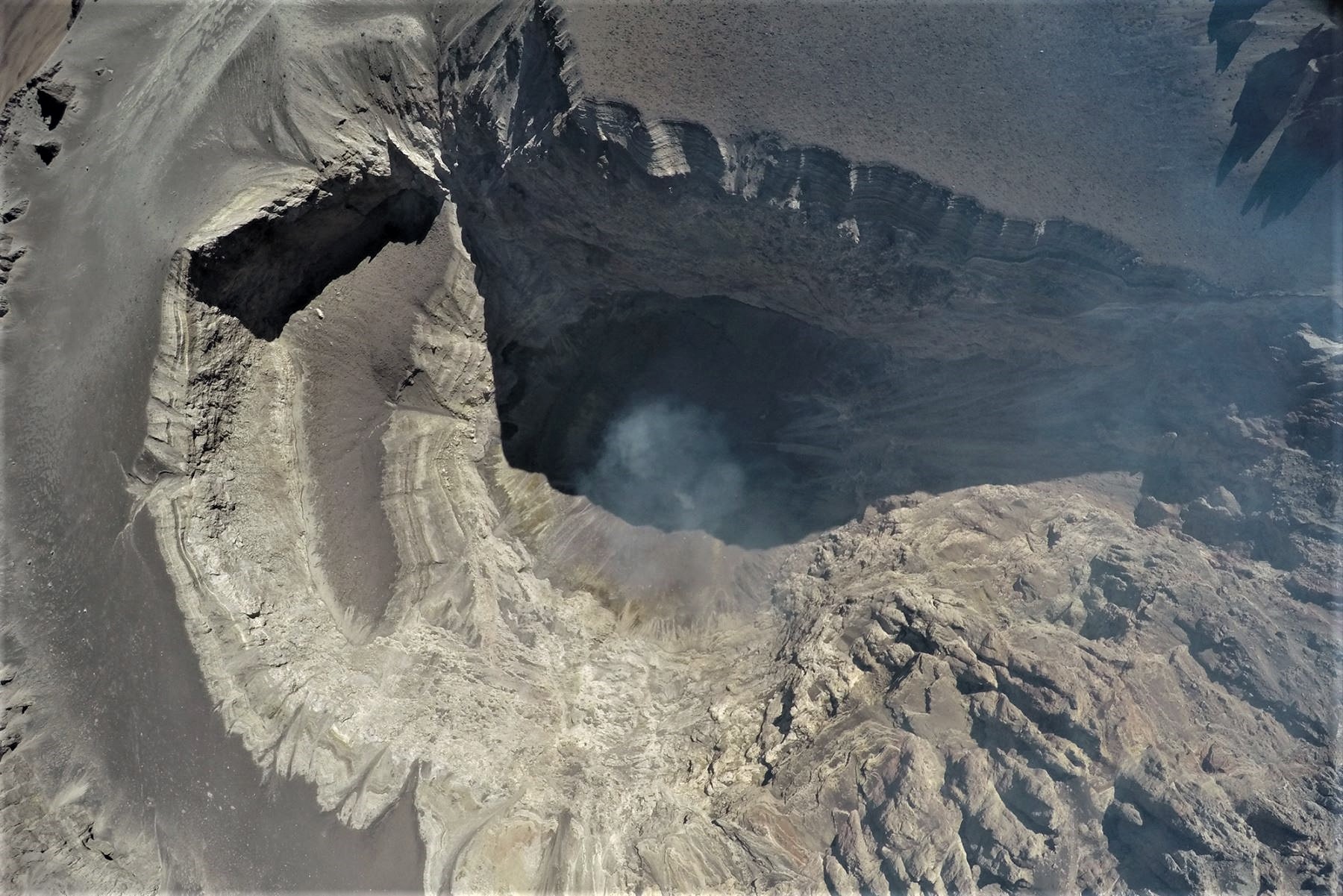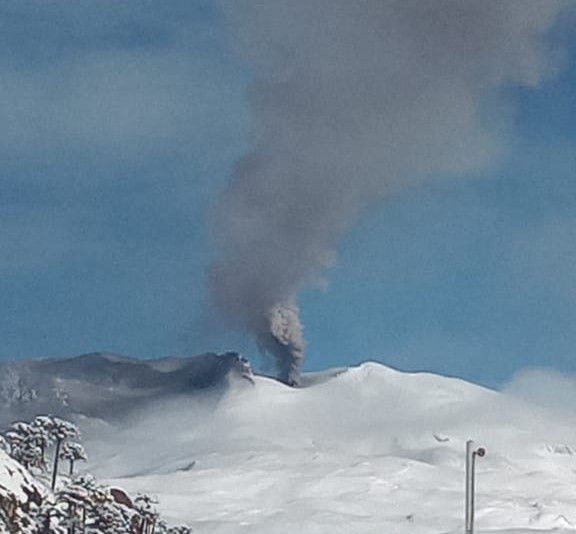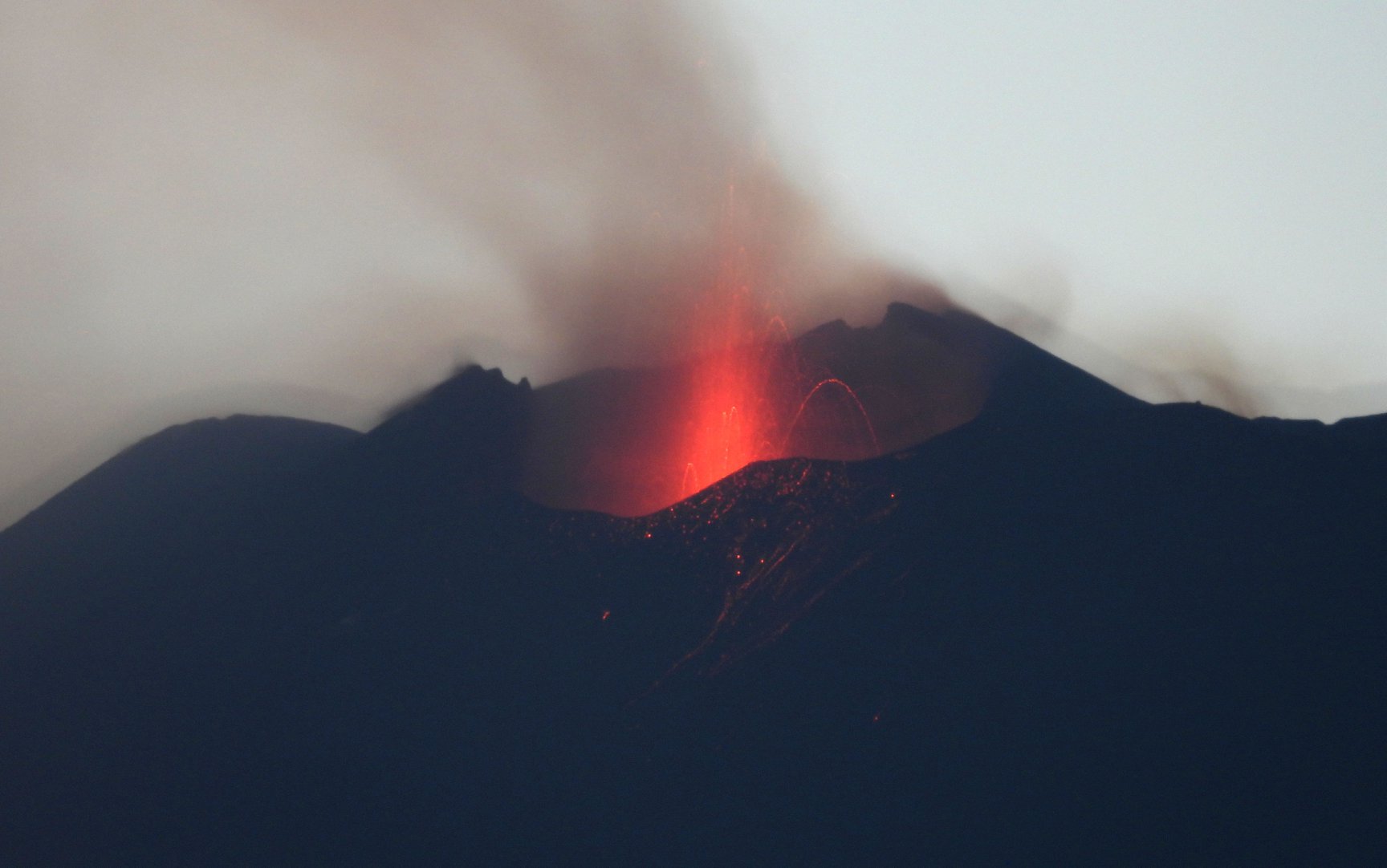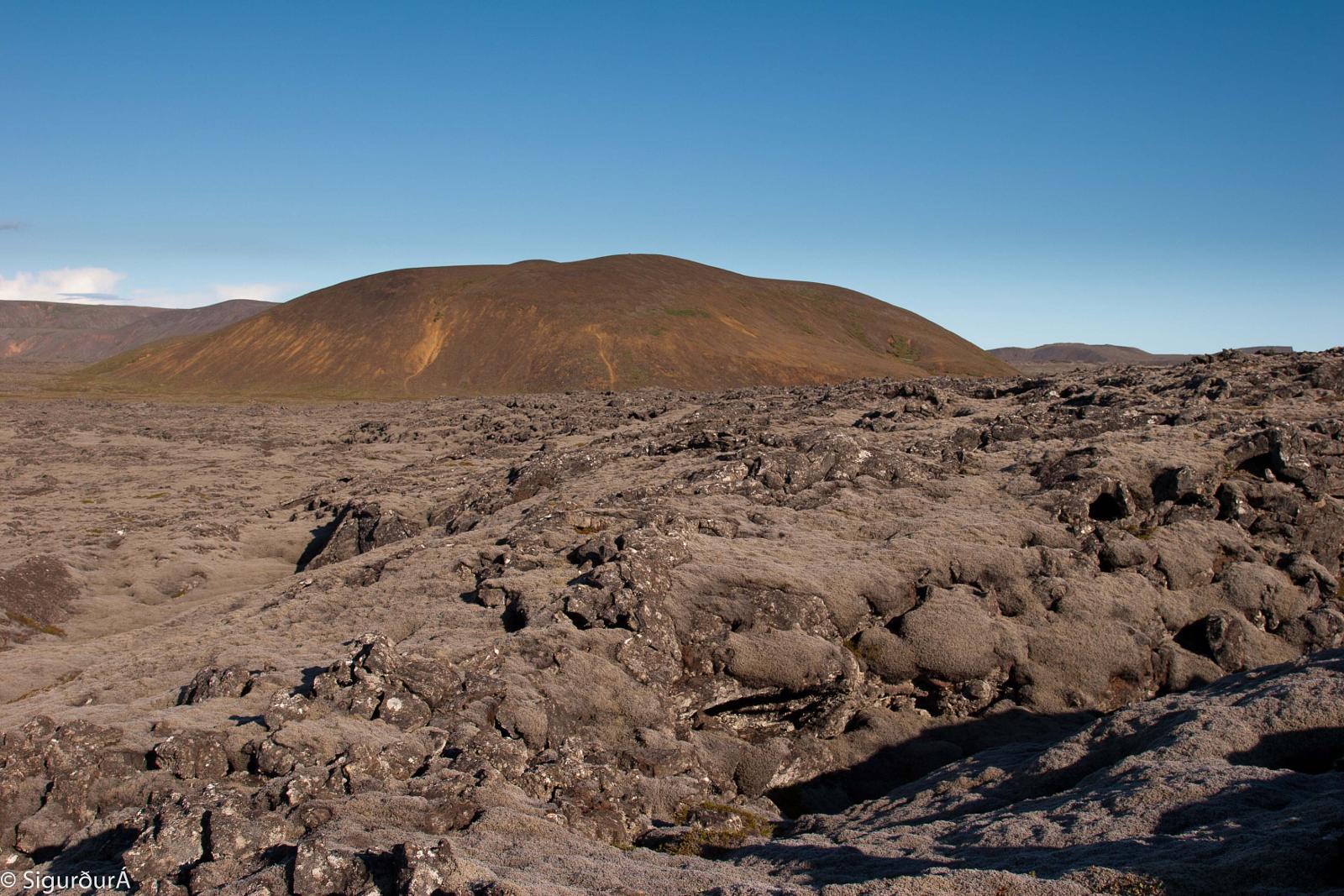September 14 , 2020 . EN . Philippines : Taal , Indonesia : Semeru , Guatemala : Pacaya , Guadeloupe : La Soufrière .
September 14 , 2020 . Philippines , Taal : TAAL VOLCANO BULLETIN 14 September 2020 08:00 A.M. In the past 24-hour period, the Taal Volcano Network recorded six…






